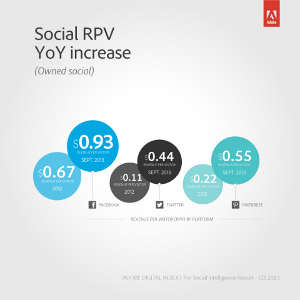Nearly Half of People with 4G Network Coverage Remain Offline: Report
A new policy brief from ITU and the Alliance for Affordable Internet (A4AI), finds that high costs for Internet access relative to income remain one of the main barriers to the use of information and communication technology (ICT) services worldwide.
Taking income differences into account, a mobile broadband subscription with at least 1.5 gigabytes (GB) of data costs around four times more in developing countries than in developed ones.
“The affordability of ICT services 2020″ analyses five categories, namely mobile broadband, fixed broadband, mobile data and voice low-usage, mobile data and voice high-usage, and mobile cellular low usage. Service prices in all five categories continued a slow but steady decline over the past year.
Developing countries were the main drivers of this global price decline. However, a pronounced affordability gap remains between developed and developing countries. While 4G networks cover areas with about 85 per cent of the world’s population, nearly half of those people were still offline in 2020.
“The declining price trend for mobile and fixed broadband is encouraging, but we need to strengthen our efforts to lower the prices in developing countries,” said Houlin Zhao, ITU Secretary-General. “While the Covid-19 pandemic has spurred the digital transformation, we need to connect all people to schooling, work, health, business and government services. We build up the infrastructure for a better future, not only for challenging times.”
According to the UN Broadband Commission on Sustainable Development’s Target 2 for 2025, entry-level broadband service in developing countries should not cost more than 2 per cent of monthly Gross National Income (GNI) per capita.
The global median price for entry-level mobile-broadband services in 2020 fell within that target, at 1.7 per cent. However, the median price for entry-level fixed-broadband (i.e. at least 5 GB) services was considerably above the target, at 2.9 per cent of GNI per capita.
Broadband in developing countries had a median price of 2.5 per cent of GNI per capita, compared with only 0.6 per cent in developed countries, the brief shows. Over the past year, the number of economies that met the 2 per cent affordability target increased by six: out of the 190 economies covered in the report, 106 have achieved the target, while 84 economies have prices above the target.
Doreen Bogdan-Martin, Director of ITU’s Telecommunication Development Bureau, said: “ICT services in the majority of least developed countries (LDCs) remain prohibitively expensive, even for entry-level users.”
Despite the median price decline in the past year, the mobile broadband data-only basket was unaffordable in 39 out of 43 LDCs, while the fixed-broadband basket was unaffordable in 32 out of the 33 LDCs for which data are available.
For a fixed-broadband service, the median price in developed countries stood at 1.2 per cent of monthly GNI per capita, while in developing countries the median price was much higher, at 4.7 per cent. Out of the 178 economies for which these data were collected, the price was below 2 per cent in 67 economies and above this threshold in the other 111.
The International Telecommunication Union (ITU) and the Alliance for Affordable Internet (A4AI) have partnered to collect data and analyze global and regional trends in affordability and pricing for a set of five ICT price categories, covering different technologies, including mobile voice and mobile and fixed broadband.















